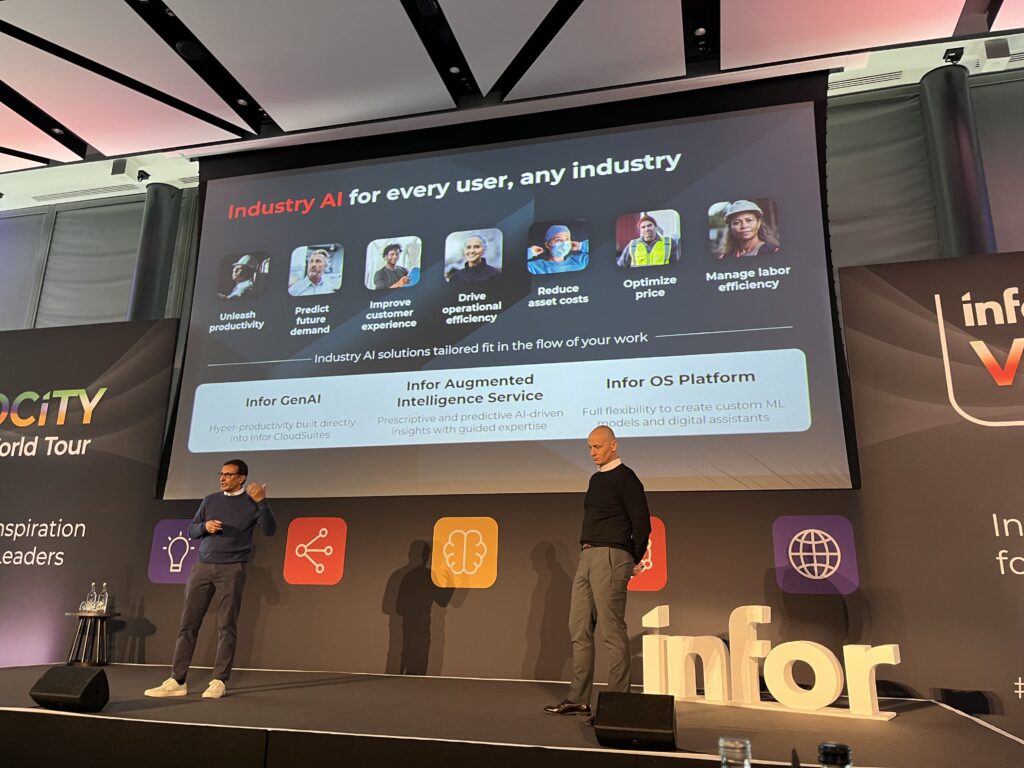The COVID-19 pandemic has intensified the pace of global change and the pressure on companies to respond. But, despite rapidly building their digital capabilities during the pandemic many organisations are yet to fully embrace transformation.
There’s an old saying that goes along the lines of, ‘you cannot swim to a new shore until you first take your feet off familiar ground’. This rather neatly sums up the dilemma for businesses that desire change but often attempt to build it on the old foundations.
In many ways, we might expect the pandemic to change that. A new and challenging environment has both disrupted current practices and required technology enabled solutions.
Without wishing to diminish the stunning efforts of the many businesses that have risen to the challenge, it would be a mistake to categorise digital enablement as business transformation. One is about making existing services operate remotely during the pandemic while the other is about rethinking and redesigning a business around new challenges. From a systems point of view, it’s the difference between replumbing an existing service or taking out all the pipes, fixtures and fittings and starting again.
Judging by the increasing enquiries we’ve had, COVID-19 is making businesses consider deeper change. They are now moving beyond the tactical shifts they’ve put in place during the pandemic to consider their business model for the future and how it will need to adapt to what are looking increasingly like longer-term shifts in customer behaviour.
Given this increased interest, it seems the right time to share some thoughts on how to bridge that gap between incremental and true transformation.
Making the leap
Having worked on large transformation programmes for nearly 20 years, I’ve learned the importance of making clients aware of not only the length of the journey ahead, but also how bumpy the ride may be.
Typically, the CEO or other senior leader will have either, or both, of the following: a strong vision for the future and a burning platform that means change is vital. Both need to be carefully considered.
Firstly, if the vision is to become a reality it must be shared by the rest of the business or it risks getting stuck in the sand. Without buy-in, transformations can easily become system implementations. The end product of all the effort involved can become a digital capability that maps how you operate your business today, rather than a transformation to how you want to operate in the future.
Secondly, if the heat of the burning platform is intense, then the timescale of a full transformation – typically one or two years – may simply be too long.
Bridging the gap
The key to tackling the twin challenges of timescale and teamwork is to develop a clear plan.
The first stage is to put people at the centre of any business transformation, to win hearts and minds from the outset through engagement, then leverage their passion and understanding of every aspect of the business to identify pain points and create new paths, driven by adherence to an overall vision.
The next step is to deploy technology at speed. People don’t want to wait 18 months or two years before seeing benefits from the transformation. Rapid prototyping and faster cycles create change and maintain morale through often challenging times.
Finally, innovation must not be a capability that sits on the side; it must be part of the culture. Rapid and decentralised transformation means that not every detail is in the design. Instead, it allows for individuals and teams to innovate because nobody knows their part of the business like the people who manage it every day.
At its best, this methodology provides the space and the tools to innovate, allowing the business to get on with its transformation.
Try before you transform
Whichever way you cut it, a transformation is a big financial and time commitment with risks as well as benefits. And it’s likely to need a solid business case to win board approval.
This is where an initial scoping scan pays dividends. Bringing together the core management team to materialise the vision and assess the scale and shape of the transformation can be a great way to draw up a roadmap before taking the next steps.
The pandemic and the big picture
As with any seismic event, the immediate reaction of businesses and their customers to the pandemic may only be the beginning of larger and less immediately apparent shifts.
In the heat of the firefighting process, near-term issues must be addressed, from logistics to liquidity. As the dust settles, a longer-term view must be taken. One that considers – and has the power to adapt to – the uncertainty and opportunities ahead.
On an even bigger scale and from a more fundamental viewpoint, COVID-19 has really illuminated what companies ‘stand for’.
As a result, organisations increasingly need to move from adjustment, albeit at a greater pace than ever before, to fundamental transformation.
What is the business model going to look like in three or five years, given the accelerated pace of change? How is demand shifting and what will supply chains look like? What will customers want and where and how will they want it? What emerging technologies can help us increase efficiencies and embrace new opportunities?
For example, as oil companies manage the shift to carbon zero and energy transition, and automotive suppliers adapt to the growth of the electric vehicles market, which requires fewer parts and less maintenance, is incremental change going to be enough? The ability to move rapidly, reshape quickly and pivot to new markets looks more necessary than ever.
Purpose-led transformation
On an even bigger scale and from a more fundamental viewpoint, COVID-19 has really illuminated what companies ‘stand for’. A company’s purpose is the north star for any transformation. Like iron filings around a magnet, each individual element must be directed by it. That means building an enterprise solution around that purpose and empowering people to deliver it.
COVID-19 has also highlighted the importance of our natural surroundings, making us more aware of, and motivated to address, climate change. What’s that got to do with a technology-led transformation? The answer is that it has everything to do with it. If you’re going to change your practices to reduce emissions, shake up your supply chain to promote sustainable behaviours and refocus your internal reporting to reflect new priorities, it’s unlikely that you’ll just need a rewiring. Instead, a fundamental shift is needed in what you do and how you measure it. Those still in any doubt might want to consider the growing expectations of investors when it comes to using environmental, social and governance (ESG) factors to assess companies’ performance. Those who don’t adapt risk losing the competition for capital just at the point when businesses are looking for funds to power their next growth chapter.
Changing public, investor and regulator expectations are making it critical for businesses to become more transparent and accountable as well as calculate different, non-financial metrics and satisfy a greater number of stakeholders. Again, legacy enterprise systems are unlikely to support those objectives as well as the blank sheet a new system offers.
Swimming is safer than the shore
So, to return to my opening analogy about the swimmer. No, the journey will not be easy and, yes, it should only be embarked on once you’ve measured the distance and the depth of the water. But starting the crossing may well be safer than staying on the shore.
Anthony Byrne, CEO at EY AgilityWorks





